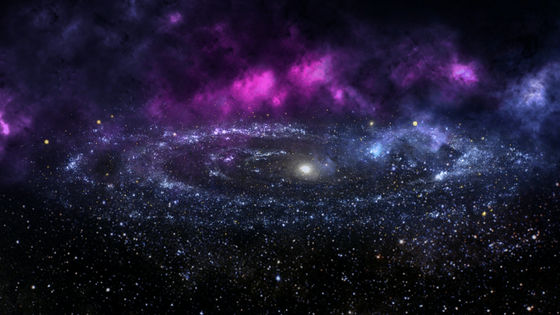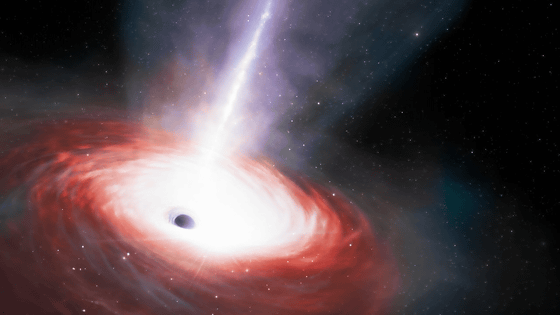What was the 'Big Wheel' that existed in the early stages of the universe?

The James Webb Space Telescope (JWST) will be able to capture infrared images of galaxies that existed in the early stages of the universe after the Big Bang. A study published in March 2025 discovered a 12 billion year old galaxy called the 'Big Wheel,' and the results of the observations call into question conventional knowledge about how galaxies form.
A giant disk galaxy two billion years after the Big Bang | Nature Astronomy
https://www.nature.com/articles/s41550-025-02500-2
You've heard of the Big Bang. Now astronomers have discovered the Big Wheel – here's why it's significant
https://theconversation.com/youve-heard-of-the-big-bang-now-astronomers-have-discovered-the-big-wheel-heres-why-its-significant-252170

The age of the universe from the Big Bang to the present is calculated to be about 13.8 billion years. It has been thought that galaxies are formed gradually over a long period of time by slowly collecting gas from the surrounding universe and merging with smaller galaxies, but a paper published on March 17, 2025 in Nature Astronomy , an astronomy-related journal of the international scientific journal Nature, showed that disk-shaped galaxies already existed in the first few billion years of the universe.
The galaxy, called the 'Big Wheel' in the paper, was discovered in a bright quasar region at a redshift of 3.25 by JWST's imaging at wavelengths of 1.5 μm and 3.2 μm. According to co-author Temiya Nanayakkara of Swinburne University of Technology, the probability of discovering a Big Wheel is extremely low at less than 2%, so it was a rather lucky discovery. Below is a synthetic pseudo-image of the Big Wheel shown in the paper.

The Big Wheel has been found to be comparable in size and rotation speed to the 'super-large spiral galaxies' currently in the Universe. Typically, rapid mergers between galaxies disrupt the delicate spiral structure, transforming it into a more chaotic shape. However, the Big Wheel has grown so rapidly to an astonishingly large size without losing its unique spiral shape, 'calling into question long-held ideas about the growth of giant galaxies,' Nanayakkara noted.
Even more interesting, Nanayakkara points out the peculiarity of the environment in which the Big Wheel was formed. It turns out that the Big Wheel was located in an area where galaxies are 10 times more dense than in the general universe. In a paper published in 2009 by the American Astronomical Society titled 'How do disk galaxies survive mergers and interactions?', one hypothesis is that 'in high-density regions, large-scale mergers occur more frequently than the cosmic average, and under exceptional conditions, mergers may not destroy disk galaxies, but may promote their growth by increasing the rotation of the disk.' Therefore, the observations of the Big Wheel support this hypothesis, and it is thought that the dense environment may have been ideal conditions for the rapid growth of galaxies.
'Studying disk galaxies like our own Milky Way and the recently discovered Big Wheel help shed light on how galaxies form, grow and evolve over billions of years,' said Nanayakkara. 'These studies are particularly important because understanding galaxies similar to ours can provide deeper insights into the cosmic history of our galaxy. The discovery of the Big Wheel has revealed another mystery of the early universe and shown that current models of galactic evolution still have room for improvement. As we continue to observe and discover giant early galaxies like the Big Wheel, we will be able to unravel more secrets about how the structures we see today were built in the universe.'
Related Posts:
in Science, Posted by log1e_dh







